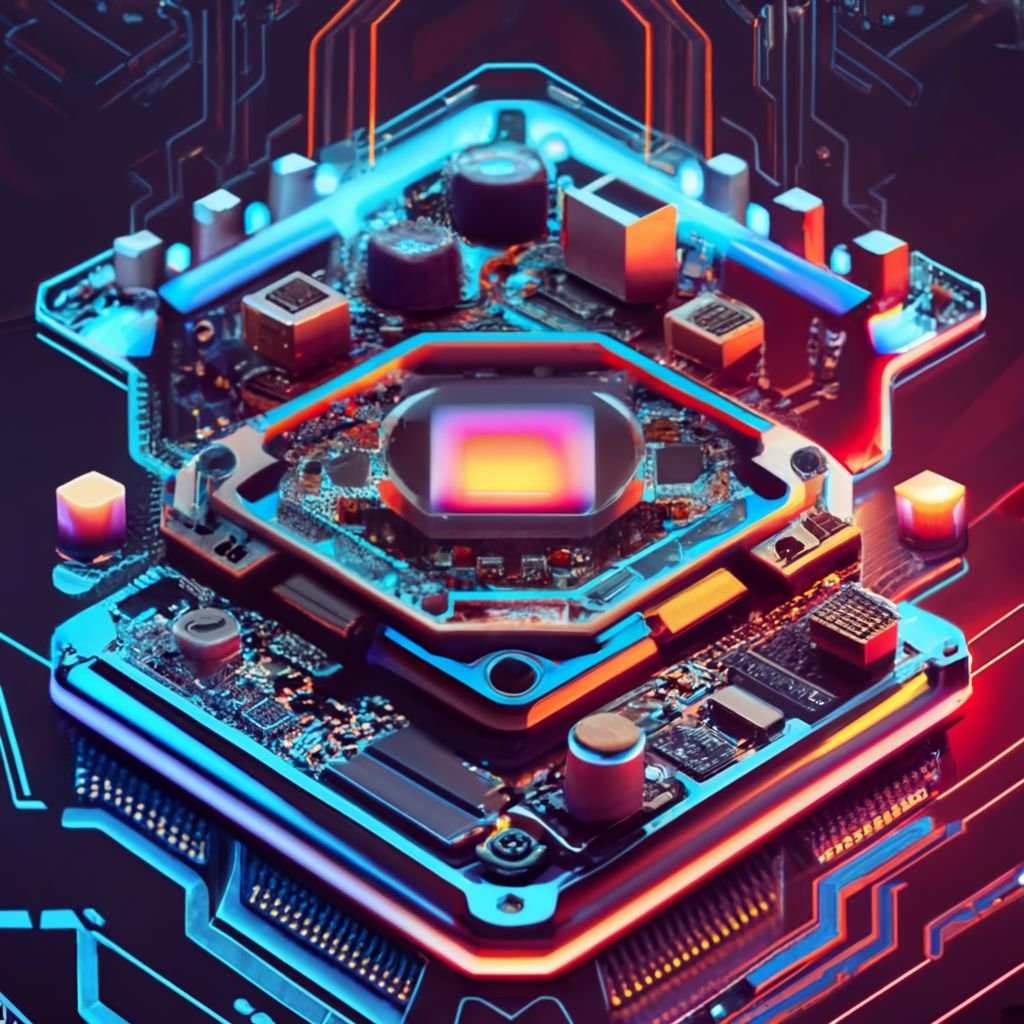Computer Hardware
General computer hardware topics lay the foundation for understanding how computers work. Different hardware components that make up a computer system, such as the central processing unit (CPU), the random access memory (RAM), the hard disk drive (HDD), and the motherboard are each deserving of attention. Explaining the function and purpose of each component helps students comprehend how different parts of a computer work together to perform tasks.
Students should learn about common input devices like keyboards, mice, and touchscreens, as well as output devices like monitors and printers. Understanding the role of these devices helps students grasp the concept of human-computer interaction and aids in developing foundational digital literacy skills.
Learning about computer hardware is essential for K-8 students because it equips them with a basic understanding of the technology they use daily. By familiarizing themselves with the different components and their functions, students can troubleshoot common hardware issues and make more informed decisions when it comes to upgrading or purchasing new computer systems. Moreover, knowledge of computer hardware provides a stepping stone for further learning in areas such as programming and computer engineering, allowing students to explore the inner workings of technology and potentially pursue careers in STEM fields.
Computer SOFTWARE
Computer software encompasses a wide range of programs and applications that are integral to our daily lives. Operating Systems (OS), programs, applications, and complex software work together, along with hardware, to unlock the full power of a computer. Understanding how to navigate and utilize software tools not only enhances students' technological literacy but also opens up countless learning opportunities and introduces students to valuable organizational concepts, coding, design, problem-solving and troubleshooting skills.
As students explore different software and think about new opportunities to solve problems, they learn how to analyze issues, break them down into smaller components, and find creative solutions. From educational games and simulations to 3D programming platforms and creative design tools, software applications engage students in hands-on activities that deepen their understanding of technology and computer software. Examples include designing software to explore and visualize complex mathematical concepts, conduct scientific experiments in virtual environments, and create stories and artwork using design software.
By embracing computer software in education, students can become confident and skilled users of technology, setting a solid foundation for their future endeavors in an increasingly digital world.

